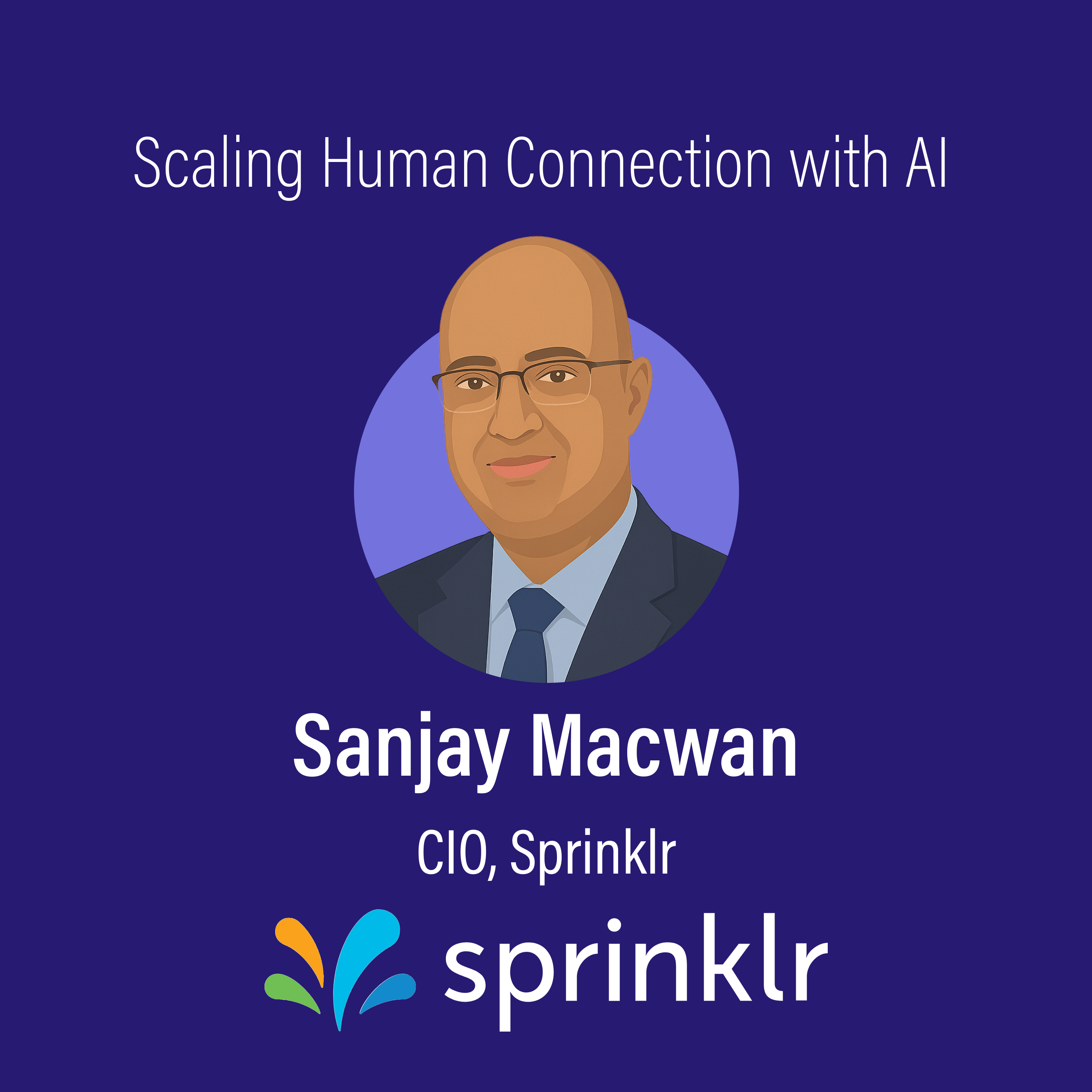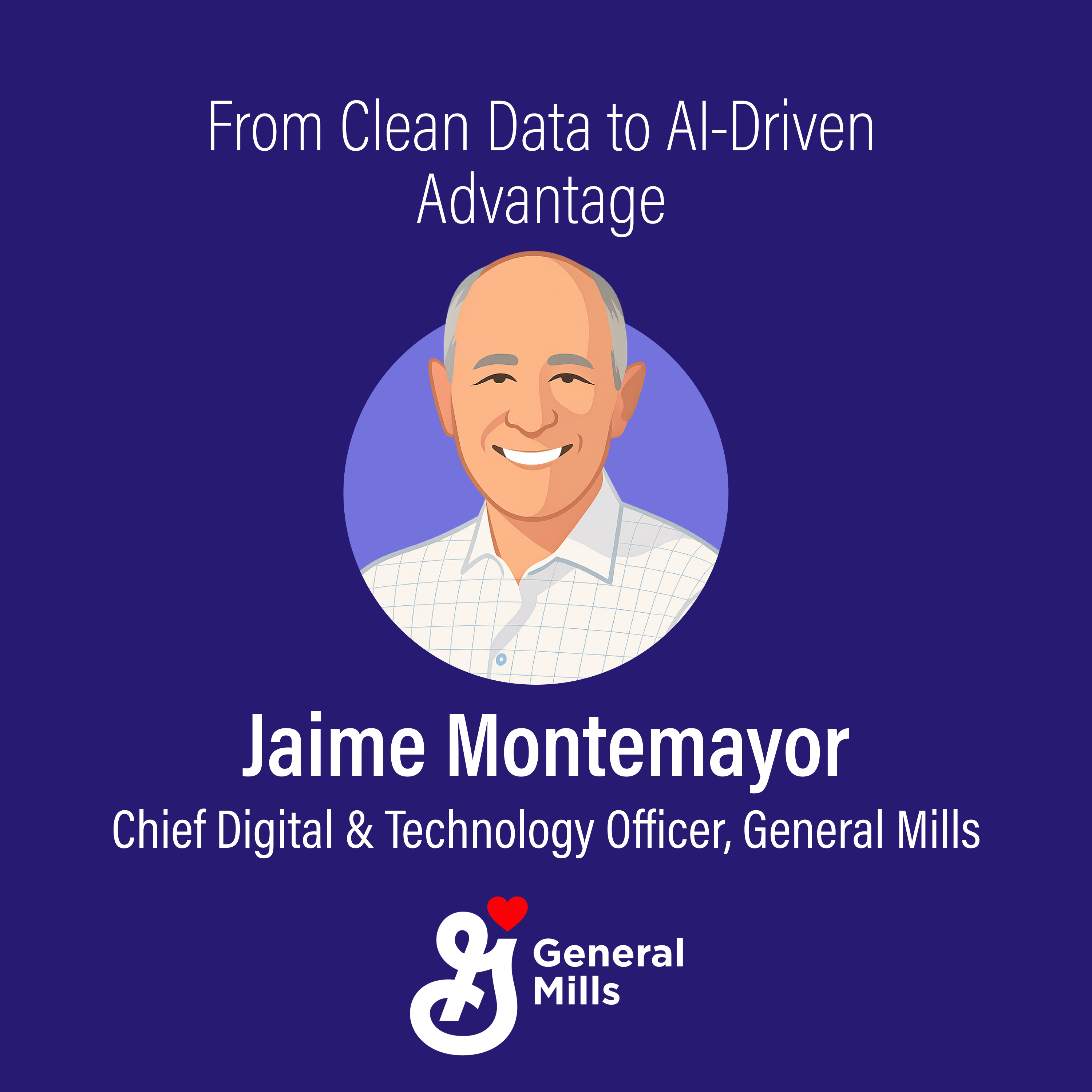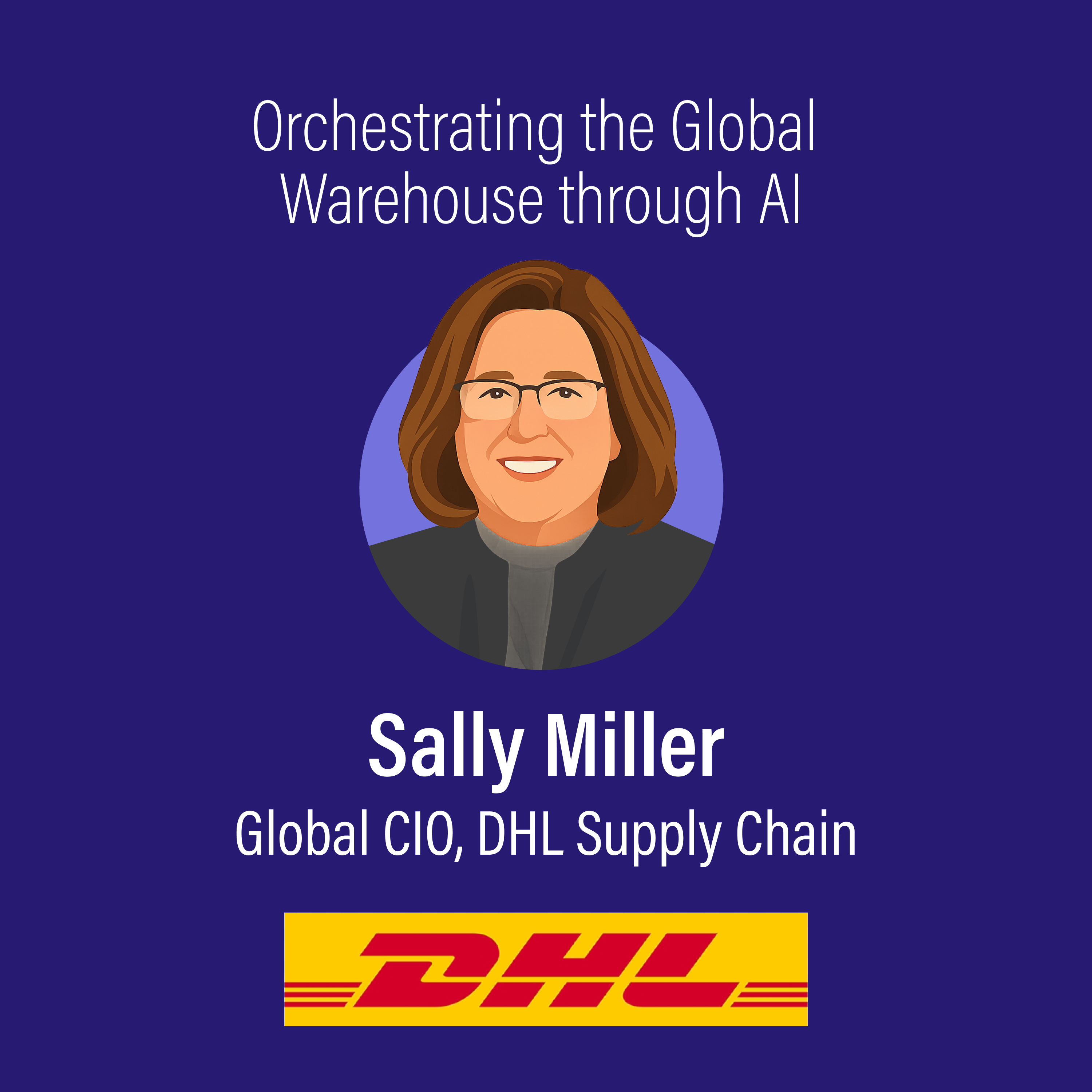Turning Process into Product
On the 57th episode of Enterprise AI Innovators, host Evan Reiser talks with Mark Sherwood, EVP & CIO at Wolters Kluwer. The company, headquartered in the Netherlands and with over 100,000 customers globally, provides domain-specific content and expert solutions in tax, legal, health, and corporate performance. Today, more than 50 percent of its revenue comes from AI-enabled products. Mark explains how Wolters Kluwer is using AI not only to enhance its customer offerings but also to transform internal operations with measurable results.
One standout project replaced a three-week manual process for documenting incident response procedures with an AI-assisted workflow that now takes under 15 minutes. As Mark explains, "It used to take two or three weeks to finalize and get it done. Now, it's essentially 15 minutes, worst case, probably two minutes, best case." This single change has freed up his engineers to focus on more valuable work while reducing errors and improving incident readiness.
Another major initiative is their AI-driven contract lifecycle management. While this is a common target area for enterprise automation, Mark’s team has gone beyond basic search and extraction. Their AI system not only identifies terms that conflict with company policies but also proposes improved redlines and alternate wording. "It's not just a, you know, search and replace or search and find or go find all these things, but helping understand, you know, what is the best way to rephrase this," he says. This means faster contract turnaround times and better legal alignment across a large volume of agreements.
The third priority area is disaster recovery. Wolters Kluwer has implemented AI tools that monitor systems continuously to identify and flag early indicators of failure. As Mark puts it, "We're basically checking all these systems 24-7 to understand, do we have something brewing out there? I mean, hopefully we don't have a disaster, but we want to be prepared just in case we do." This initiative builds on learnings from their incident management data, where AI analyzes root causes and patterns across thousands of cases. These insights help prevent issues before they escalate, a key advantage when supporting critical services for global clients.
What makes these examples notable is not just the use of AI, but the discipline around how projects are selected. Mark emphasizes that his team narrowed down to three high-value internal use cases from an initial list of 66. "I'd rather do five things really well than 50 things we just poke at," he explains. The success of these projects came from tight integration with business process owners, a strong vendor ecosystem, and a culture that rewards experimentation with purpose.
Mark also advises IT leaders to start where the pain is obvious. For many companies, that means targeting repetitive internal workflows that demand precision and scale. He suggests looking at roles most likely to benefit from AI, such as developers, incident managers, and customer support staff, and then building quick wins. In his words, "Pick one manual process. Just one. Map it out. Understand it. Then go find the right partner or tool that already knows how to solve it."
Looking ahead, Mark sees AI becoming an invisible teammate inside the enterprise, acting like a co-worker who never takes a vacation and gets smarter over time. But his focus today is on making sure every AI investment returns real value to the business. "It's not a solution in search of a problem. It's a tool to help you solve the problems you already have."





